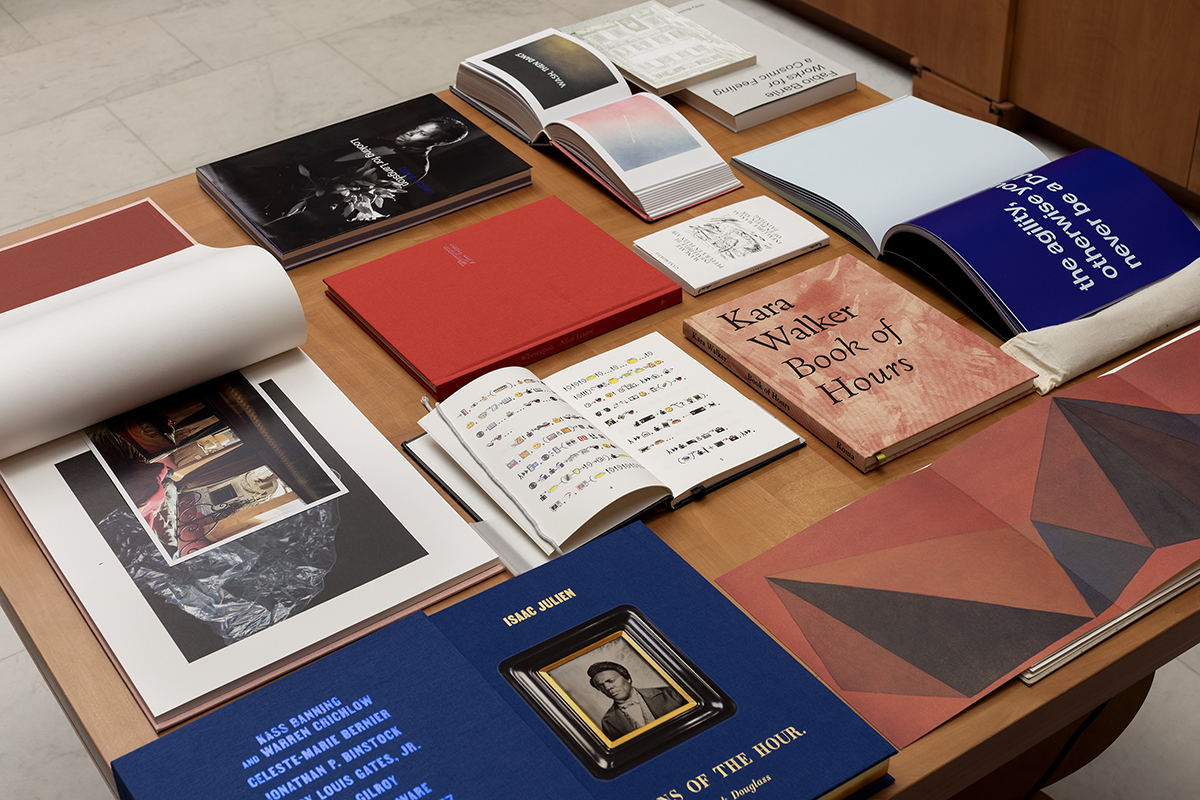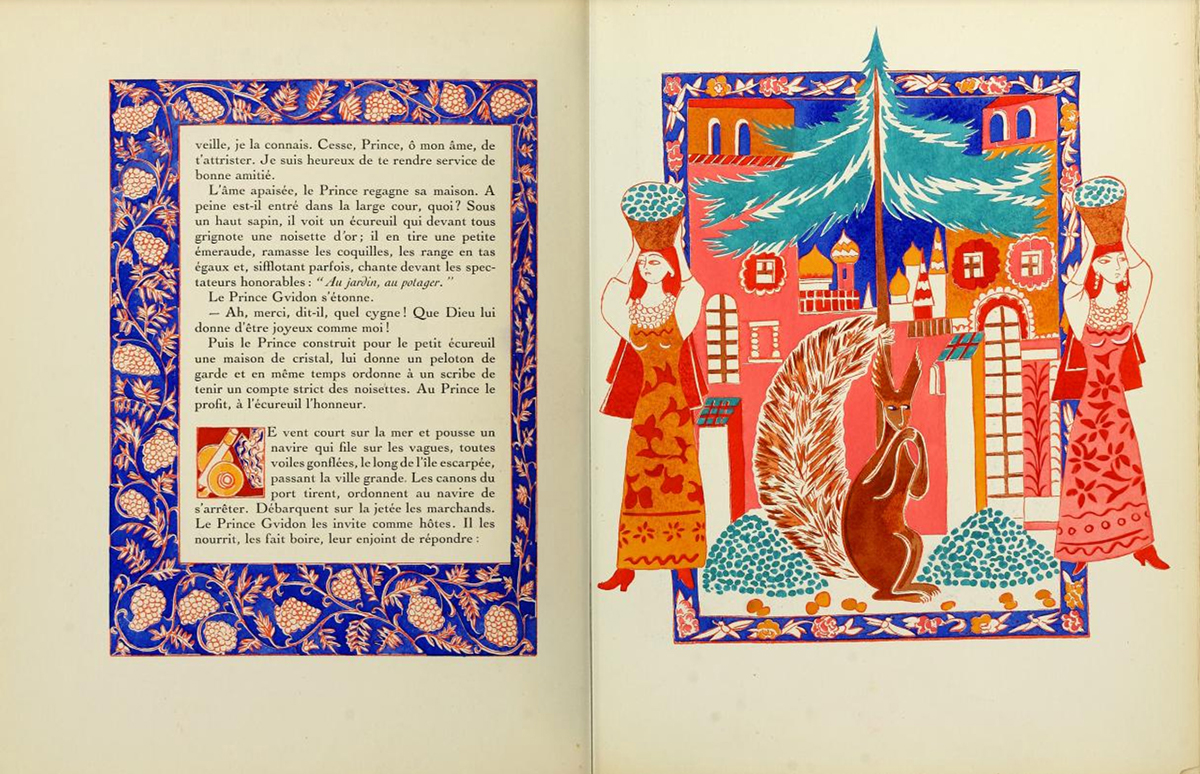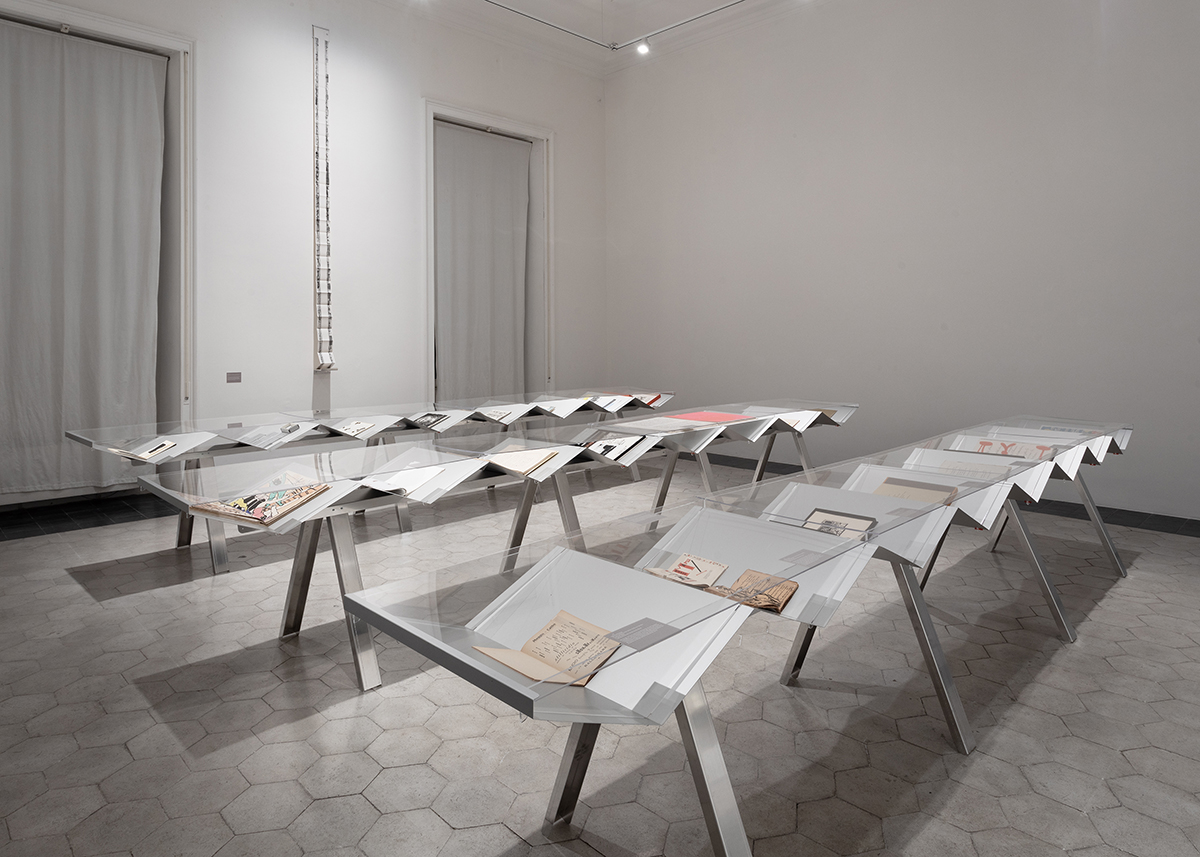In her role as curator of the American Academy in Rome’s forthcoming exhibition Artists Making Books: Pages of Refuge, our Andrew Heiskell Arts Director Ilaria Puri Purini dives into the enduring and evolving practice of artists engaging with the book as a medium. This exhibition, on view from September 27 to December 7, 2024, in both the AAR Gallery and AAR Library, showcases the diverse ways in which artists have used the book format as a space for experimentation, self-expression, and subversion.
In this interview with Christopher Howard, AAR’s communications manager, Puri Purini reflects on how today’s artists continue to find inspiration in past publishing practices while also embracing contemporary methods of dissemination.
The opening reception for Artists Making Books takes place on Thursday, September 26, from 6:00 to 9:00pm. The evening includes a conversation between two collectors of artist’s books, Claudia Consolandi and Giovanni Aldobrandini, at 6:30pm.

Which publishing strategies from (roughly) one hundred years ago do artists of today still use?
Artists seem to choose books to vehiculate urgent thoughts and to experiment with something new. When the Futurists published their books it was a strategic choice of reaching a wide audience. This way of thinking did not change drastically. Let’s think of Ed Ruscha, who self-published his first books. Contemporary artists still using publishing to get ideas out.
What is possible now that wasn’t twenty years ago?
The wide presence of books in different media is a major change. Dissemination of books has expanded, and artists that make books have a much wider platform.
When did the idea for this exhibition come to mind, and how did it develop?
During my first weeks at AAR a year ago, Sebastian Hierl, our Drue Heinz Librarian, showed me some of the books in our collections. The ones made by artists intrigued me—all the books by Ed Ruscha and many books by past fellows and residents: Ana Mendieta, Rochelle Feinstein, Eugene Berman, Tricia Treacy, Kara Walker, Tony Cokes. These works enabled me to dive into the rich history of the Academy and made me realize how artists still love making books.
I started to find contemporary books everywhere. In many studio visits I made during my first months back in Italy, I realized many artists were working on books: Francis Offman, Gianluca Concialdi, Michela de Mattei, and Rä di Martino are all artists I looked at while preparing for the show. I was lucky enough to include publications by two new Rome Prize winners, Nona Faustine and Matthew Connors, and the incoming Terra Foundation Affiliated Fellow, Kimmah Dennis, who had all made artist’s books!

What is your favorite book or collection of books in the exhibition?
My favorite book in the exhibition is by Natalia Goncharova, a Russian painter, scenographer, and illustrator active in Paris starting in 1914. She combines her own experiments in abstraction with Russian folk tradition; each image of the book is an experimentation with color!
In a description of the exhibition, you write that artist’s books “subvert,” “invert,” “overturn,” and “celebrate” the publishing medium. Which ones do you have in mind?
The books I consider “subverting” the original format are the ones that materially and conceptually defy the book as a medium. I think of the unusual formats of El Lissitzky, Bruno Munari, or Ed Ruscha’s eight-meter-long Every Building on the Sunset Strip. The books by women artists of the seventies such as Irma Blank, Maria Lai, and Hannah Darboven take writing as an action in itself, without meaning attached to it. A work by Kara Walker and Toni Morrison is also one that strengthens the power of the book as medium that overturn given meanings.

Has the installation presented any challenges or surprises? How is it working with the Rome-based architectural firm Supervoid?
Supervoid immediately understood the challenges of exhibiting all these books. They suggested a design that would highlight each book and contextualize it into the exhibition’s four main sections. The choice of thin metal as material creates an incredible contrast to the pages while respecting the thinness of paper. Supervoid embraced the idea of exhibiting the covers of the books and proposed clever design solutions that welcome the viewer into that particular section.
Are there differences between reading an artist’s book and looking at one?
In artist’s books each page might be understood as a unique artwork. Like in Andy Warhol’s Index, each page from all these books is a surprise, a world of its own.
Is the artist’s book the most democratic form of art making?
The art book presents challenges as a demographic format, but as a medium it’s able to resist commercial and institutional constraints. This is the real freedom of the books made by artists: to oppose categorization and propose a new of combining text, images or forms, and colors.
